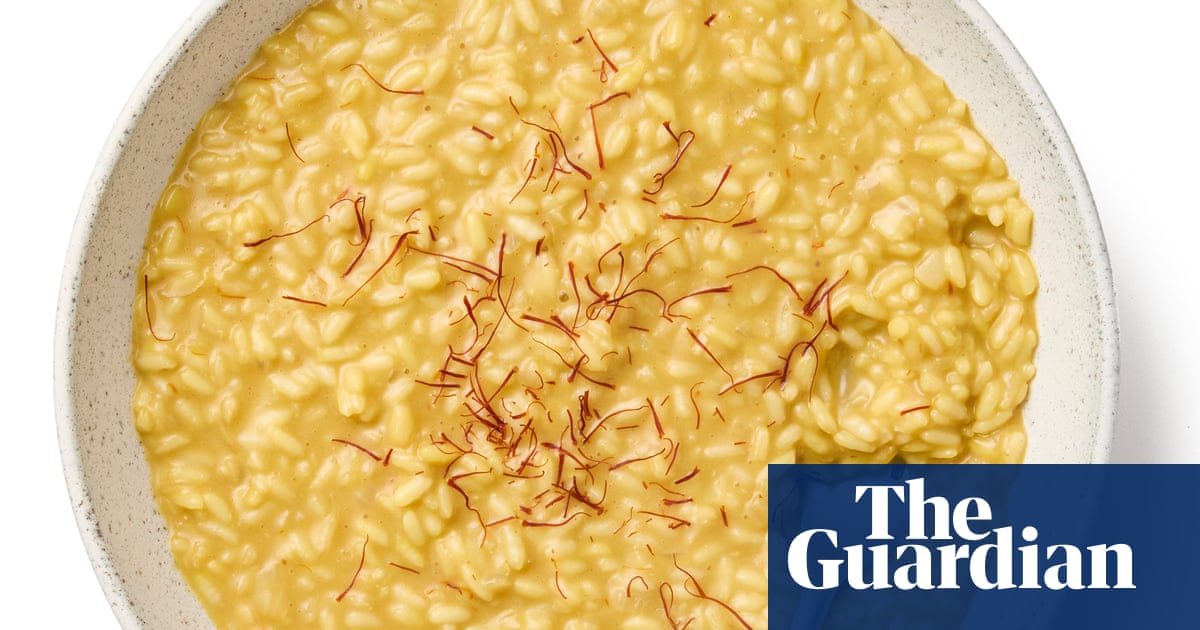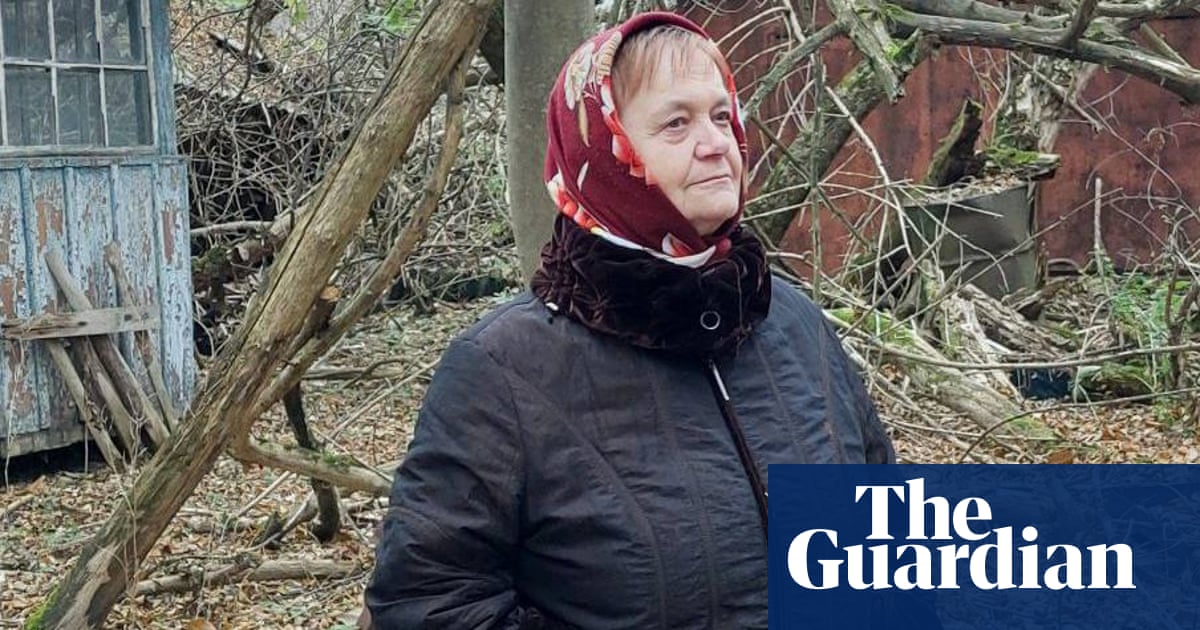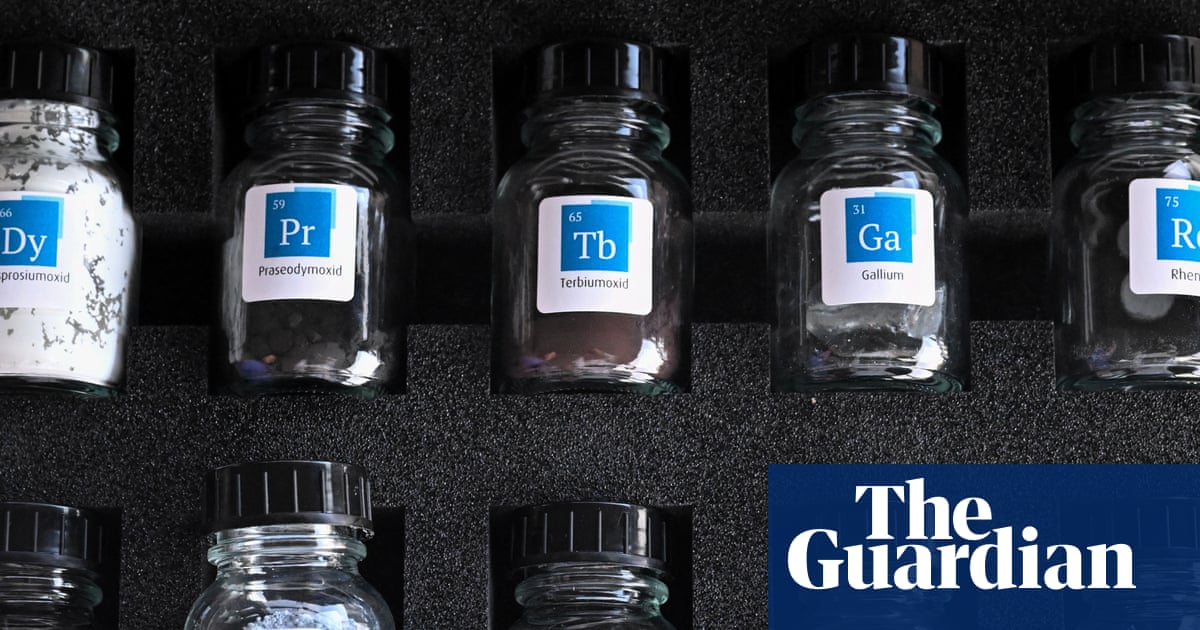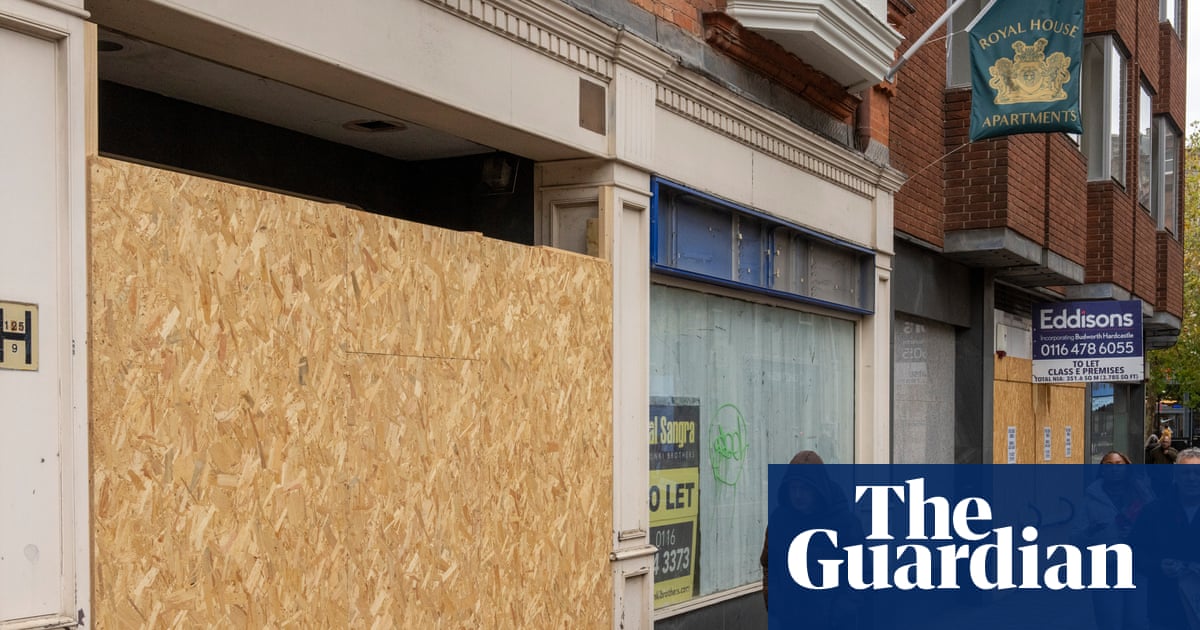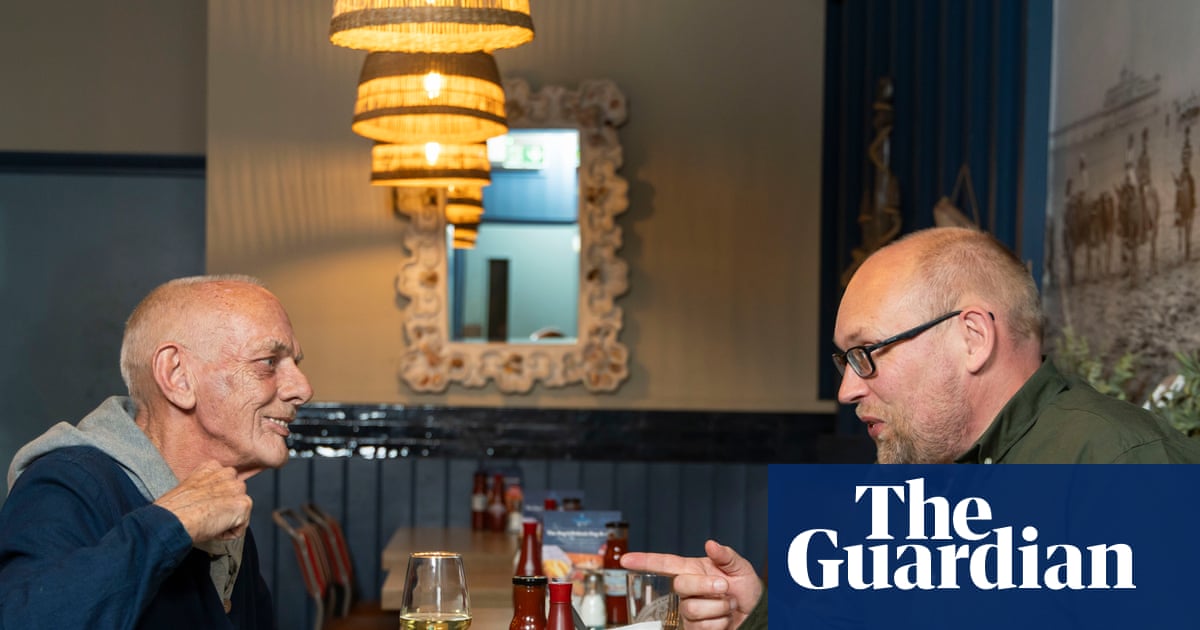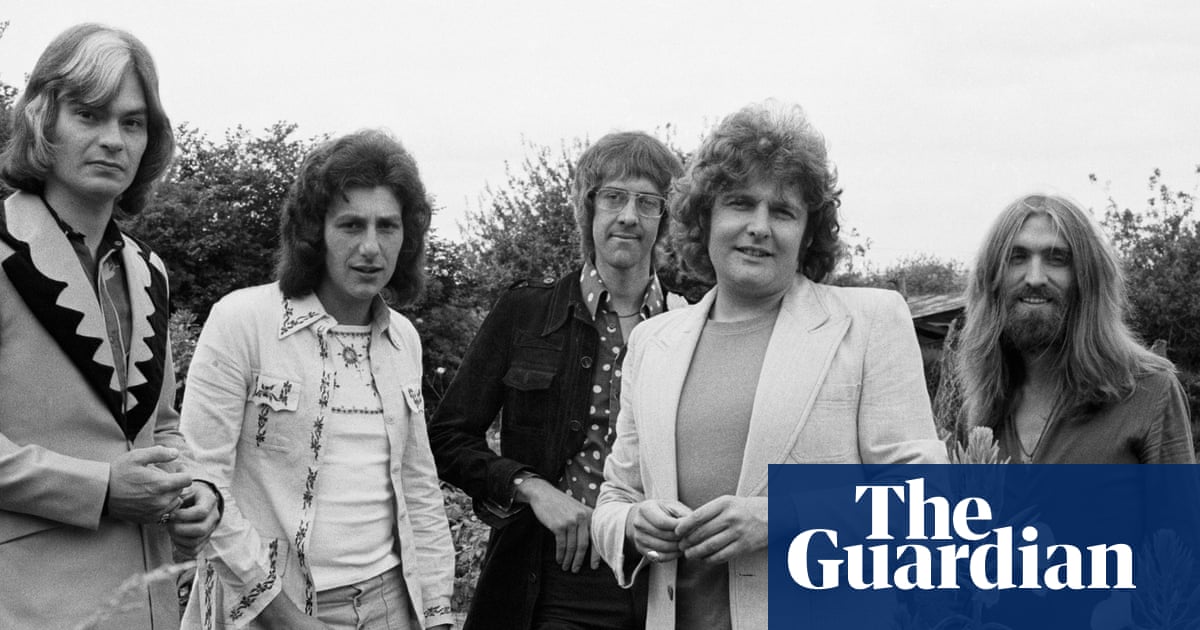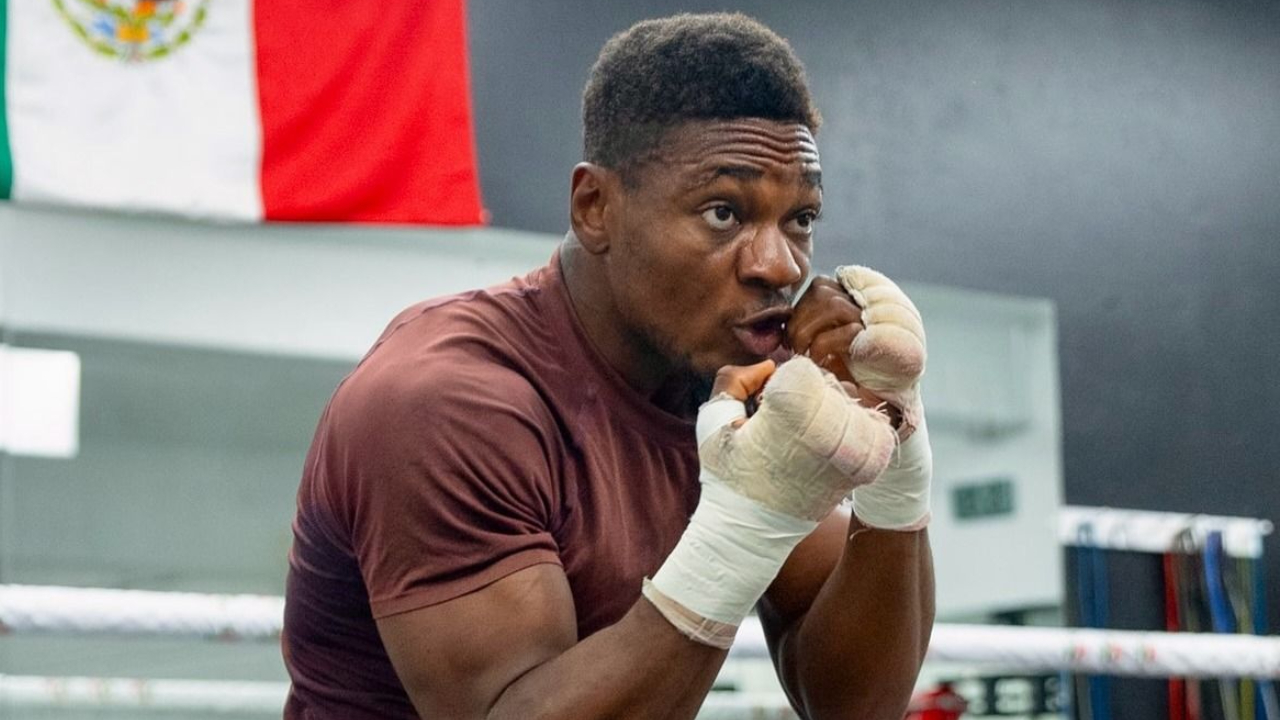Gail Etienne still remembers her first day at McDonogh 19 elementary school in New Orleans’ Lower Ninth Ward. As her family pulled up to the school in the car with the federal marshals, they saw crowds of angry people screaming. Some carried garbage cans and sticks. Others were holding picket signs against school integration.
“I’ll never forget it,” Etienne said. “I saw this one lady was pregnant and had a garbage can top in her hand. I’m wondering, at six years old, what could I have done at six years old to these people to make them act the way they were acting? I really thought that if they could get to me, they’d want to kill me. I didn’t know why. What had I done? I was just going to school.”
Etienne was one of three six-year-old Black girls alongside Leona Tate and Tessie Prevost, who were escorted by federal marshals into McDonogh 19 on 14 November 1960. It was the same day federal marshals escorted Ruby Bridges to William Frantz elementary school in the same city. Bridges’ story became immortalized in several books and a Disney film, but the experiences of Etienne, Prevost and Tate were largely unknown until recently.
In 1954, the US supreme court ruled the Jim Crow segregated system of “separate but equal” in public schools was unconstitutional and violated the 14th amendment. A year later, the court ordered states to begin desegregating schools with “all deliberate speed”.
“We got out of the car. We went upstairs and we were out in the foyer area waiting,” Etienne said. “They had us sitting out there for hours as though they didn’t know what to do with us. This is where I met Tess and Leona. Our bond started there because we were out there for hours together. We started playing hopscotch on the floors out there.”
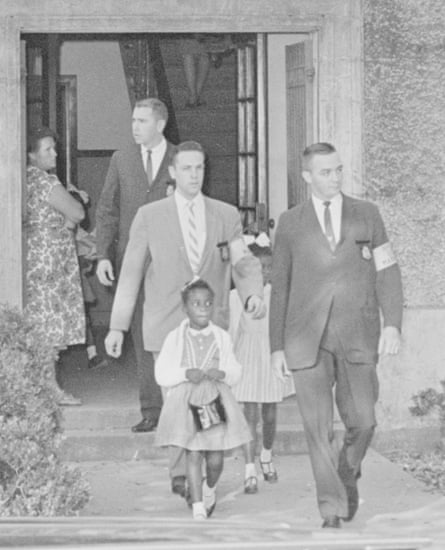
Once Gail, Leona and Tessie, were allowed into the classrooms at McDonogh 19, the parents of the other students came into the school and took their children out.
By the end of the day, the entire school was empty, except for the girls and the teachers, who were ordered to stay if they wanted to get paid, Etienne said.
“From that day on, the entire year, the rest of the year, and half of the next year, which was second grade, we were in the school by ourselves,” Etienne said. “We couldn’t go to the bathroom by ourselves. We couldn’t drink water from the water faucets. They were turned off. We couldn’t go outside and play. Everywhere we went, our teacher had to come with us.”
Gail, Leona and Tessie couldn’t eat in the cafeteria and recess was taken underneath a stairwell that led to the second floor of the three-story building. McDonogh 19’s windows were covered in paper so that no one could see exactly where the young girls were located inside the school. Federal marshals escorted them into McDonogh 19 each morning, stayed during the day and took them home in the afternoons.
Despite the circumstances, Etienne said, she, Leona and Tessie enjoyed their first year at McDonogh 19 with the three of them bonding like sisters.
“We had fun. It was just the three of us. We had our teacher. We did what we had to do in the classroom. She taught us what she needed to teach us,” Etienne said. “The three of us played, and that’s how we bonded. That’s why I say we are sisters for life because that’s a bond that we made. We went through what we went through together.”
‘The story was in the building’
It’s that bond and that experience with her classmates that Leona Tate remembered when the McDonogh 19 building was in danger of being destroyed. The building suffered significant damage following Hurricane Katrina, as water surging from the broken levees caused major flooding in New Orleans, especially in the city’s Lower Ninth Ward, where McDonogh 19 was located.
Tate bought the McDonogh 19 building in January 2020. It is now the TEP Center, a space that honors the history and work of the city’s civil rights and social justice leaders and activists.
But acquiring the building wasn’t an easy path.
Tate says her initial goal was not to buy the building, but to reopen McDonogh 19 as a school. But there is a city requirement that schools be on three acres of land and McDonogh 19 was only on 1.8 acres, Tate noted.
The school board at the time thought about auctioning off the building or even tearing it down, Tate remembered. Once the building was put on the National Historic Registry, it opened the door for Tate’s foundation – the Leona Tate Foundation for Change (LTFC) – to purchase it. Then came the hard part. The foundation had to find money to acquire the building and set about fundraising.
Initially, Tate said, “I just couldn’t see any way of getting it.” Then, “I just reached out and reached out. People kept saying, ‘Call this person, call that person.’ I was finally introduced to the right developer.”
More than 60 years after helping to desegregate McDonogh 19, Tate and her foundation purchased the building she helped integrate in 1960 for $860,000. She said it cost $16.2m to develop it and they received funding from 16 funders.
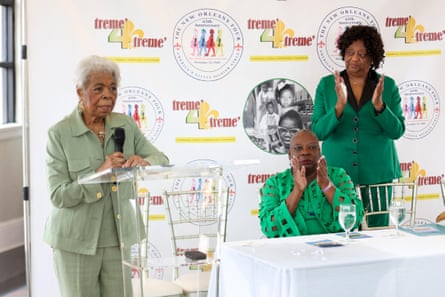
“It was a dream come true. It was really a vision come true because for a long time, I never thought this would happen,” Tate said. “I guess the story was in the building, and it sold the building.”
The McDonogh 19 building was renamed the TEP Center, with TEP standing for Tate, Etienne and Prevost, the last names of Leona (Tate), Gail (Etienne) and Tessie (Prevost), and it opened to the public on 4 May 2022. Tate said she wanted the TEP Center to be “something educational to tell our story, because our story wasn’t being told. The McDonogh Three was never heard of.”
Today, the TEP Center offers tours, space for community meetings, and teacher workshops. It also provides affordable housing for seniors who had been evacuated after Hurricane Katrina, but lost their homes in the flood. So in addition to the exhibits and museum space, the TEP Center has 25 apartments for people 55 and older with limited income.
“It was important that I got the story told through what we had done in this building. My vision was to promote racial equality through education and through all aspects of academics,” Tate said.
“I felt like this is a place where those that fought the change, we could have that conversation to see why it was such a hard thing to swallow. The TEP Center is where we should have that dialogue to educate people on what it took, the struggle it took for us to get a quality education for others, not just for ourselves, for others.”
‘I didn’t tell my children’
For decades, the story of the McDonogh Three had been overlooked, Etienne and Tate said.
“Until a couple of years ago, I felt like I hadn’t contributed to history, that I didn’t play an important part of it, because the story was just about one person,” said Etienne. “It wasn’t about the New Orleans Four as we were. We were New Orleans Four, and it was four little girls. It was two schools, same time, but that’s not the way the story was told, so I didn’t feel like what we did was important.”
They didn’t even talk about their experience themselves.
“I was just overwhelmed with it. I didn’t tell my children. They didn’t know,” Tate said. “I felt like when President Obama got elected, it was time. I never thought I would see that in my lifetime.”
Not only were Gail, Leona and Tessie invited to the inauguration of the nation’s first Black president, but their story had started receiving national attention including stories on NBC and CBS and other mainstream media outlets.
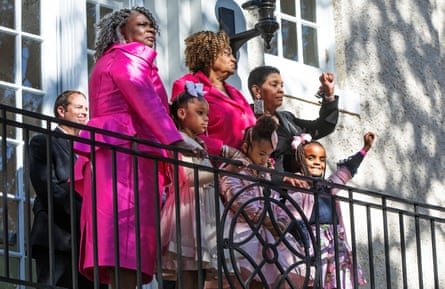
And last year, the media mogul Oprah Winfrey paid tribute to Tessie Prevost-Williams, who died 6 July 2024, and the New Orleans Four during a speech at the 2024 Democratic national convention. Representatives from the National Park Service spoke during Prevost-Williams’s funeral and US Marshals escorted her casket. The homegoing celebration included a traditional New Orleans jazz funeral march and second line that started at the TEP Center, the place where she made history as one of the nation’s civil rights pioneers in school desegregation.
In 2022, Gail and Tessie co-founded New Orleans Four LLC to “correct the historical negation and restore the whole story, the whole true story of the New Orleans Four, Gail Etienne, Ruby Bridges, Leona Tate and Tessie Prevost,” said Etienne.
Etienne remembers someone asking her father if he would have still enrolled her at McDonogh 19 if he knew the hate they would face and “my daddy said, ‘Yes, I would,’ because it was something that needed to be done.’
“We were going to schools with old, torn-down buildings, dilapidated buildings. In the classrooms, we had books with no pages, pages torn and missing,” Etienne said. “[My daddy] said he paid his taxes just like everybody else, and his daughter should be able to go to whatever school that she wanted to go to. Nobody should be able to tell him that your child can’t go to this school because of the color of their skin.”
But there were consequences for changing the status quo. Etienne and Tate remember not being able to play outside in their yards like all the other children because they didn’t know what was going to happen. The sacrifices were made so that future generations could have a better life, a better education, Etienne noted.
“We went through a lot. It wasn’t an easy time for us,” Etienne said. “We didn’t have a normal childhood. It was just a crazy time. We made a lot of sacrifices. I don’t want us to just be remembered at our anniversary time. I want us to be a lasting symbol of hope and power, of people who stood up for what needed to be done. We stood up for the right thing.”

.png) 2 hours ago
7
2 hours ago
7


